In 1854, the 28-year-old Belgian-German Karol Scheibler arrived in Łódź. From a wealthy family who made their fortune in cloth, Scheibler opened a modern factory and was soon leaving the competition behind. In October 1870 Scheibler bought the mill for 40,000 rubles and began radically transforming what was by now a 500ha area. Here Scheibler built not only mills, but an entire gasworks to light his factories and the neighbouring workers’ houses too - the first private gasworks in the city. In 1878 Scheibler added a direct train connection with the city’s main train station and a number of warehouses. By now the southern end of the complex was known as Manufaktura Księży Młyn. In 1874 tragedy struck, and the main mill burnt down. Not discouraged, Scheibler invested even more money into what was turning rapidly into an entire city within the city. In 1875, Scheibler’s daughter married Edward Herbst, and the young couple moved into the adjoining Italian renaissance-style Księży Młyn Residence. In the same year Scheibler added several two-story houses for his workers and opened a school for their children. At the height of its existence in 1879, Łódź’s Księży Młyn included all of the above plus more residential buildings and a wall around the entire complex that was locked at night.
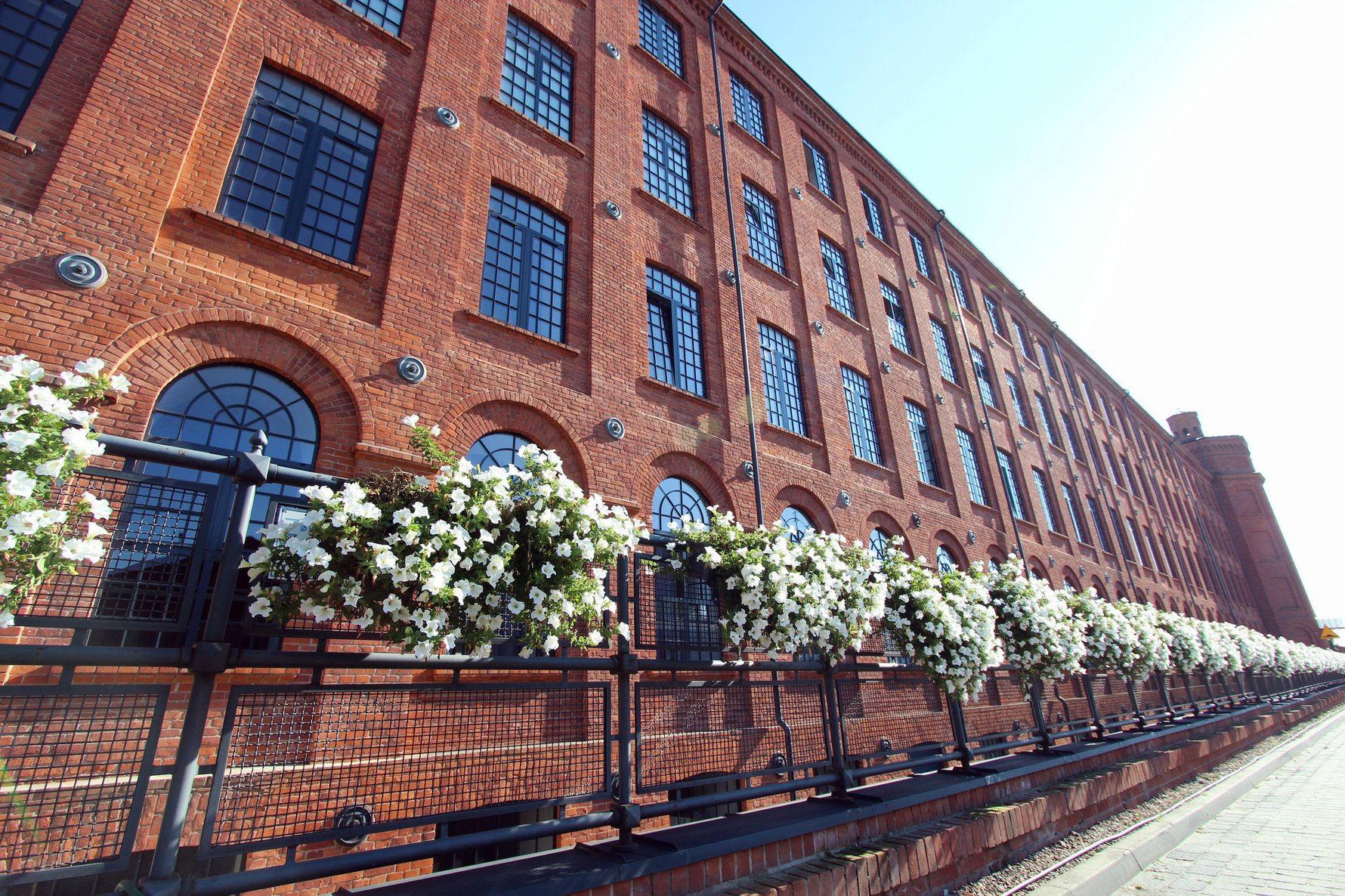
In 1881 Karol Scheibler died. Księży Młyn continued to grow, with the opening of a hospital (again another first, this being the first factory hospital in Poland), and on June 20, 1884, Łódź’s first voluntary fire brigade unit was founded inside Scheibler’s factory. WWII destroyed most of Księży Młyn, although some of it survived including the original Residence - today home to the Herbst Palace Museum. The design of the interiors and the new arrangement of the rooms were based on documents from the Office of the Head Conservationist and archival photographic material that was uncovered. New sources of information have have enabled preservationists to restore the interiors to what they might have looked like when the Herbst family lived in the Palace. The remainder of the entire complex has been converted into apartments and a host of cafes and restaurants.


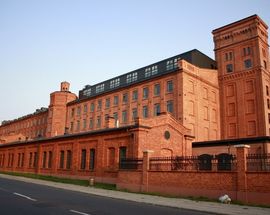
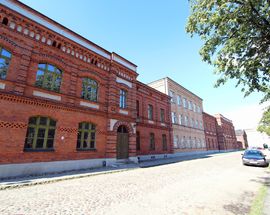
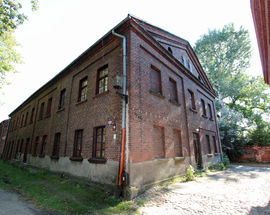
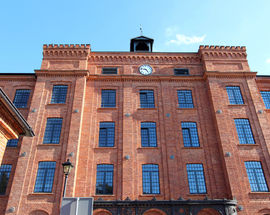
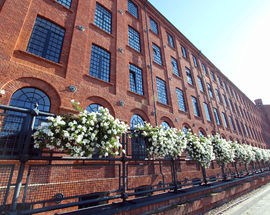
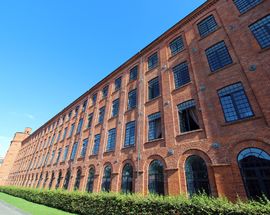
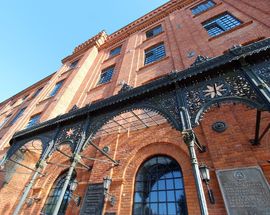
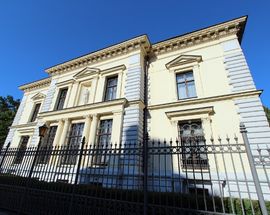
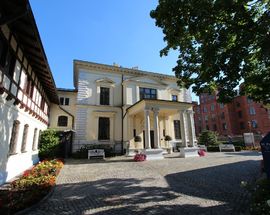
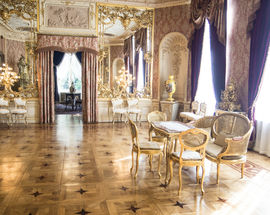

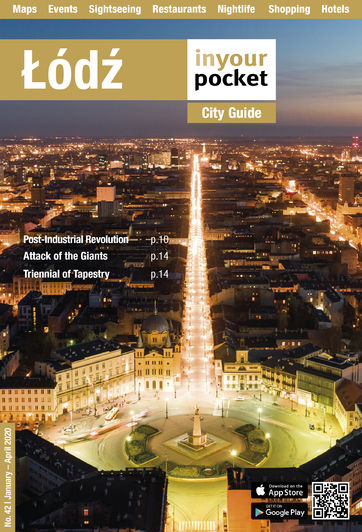
Comments